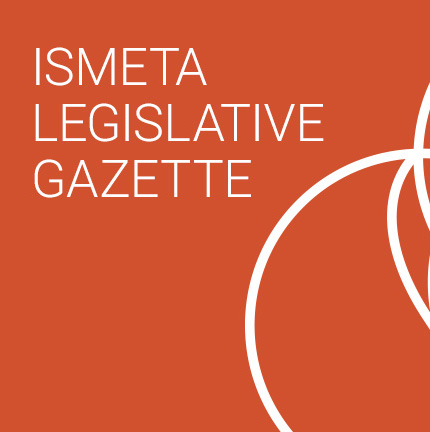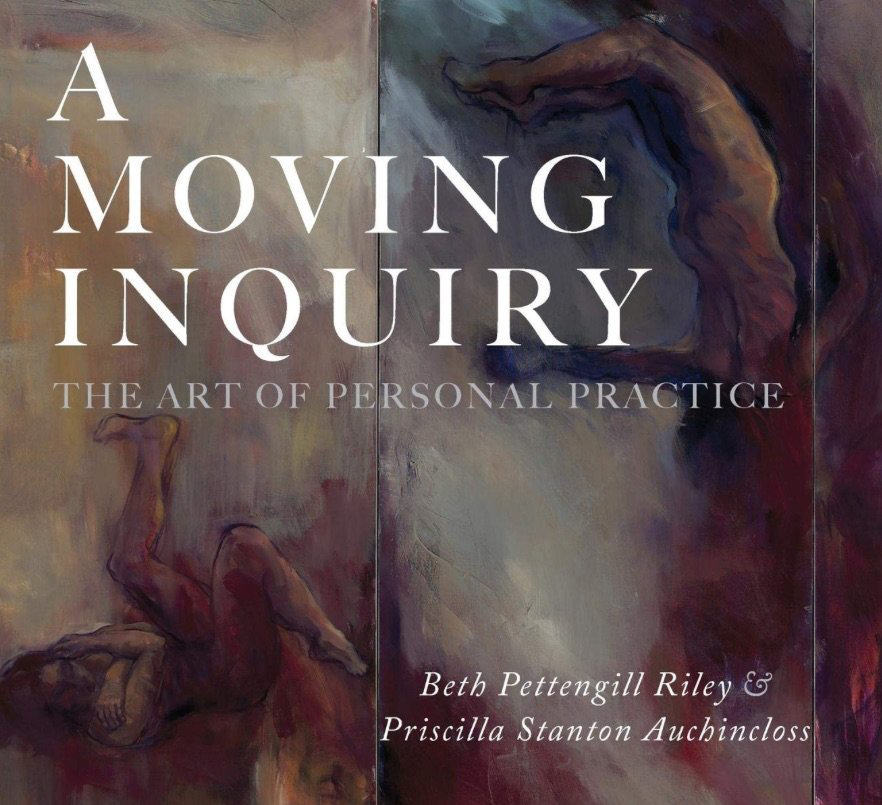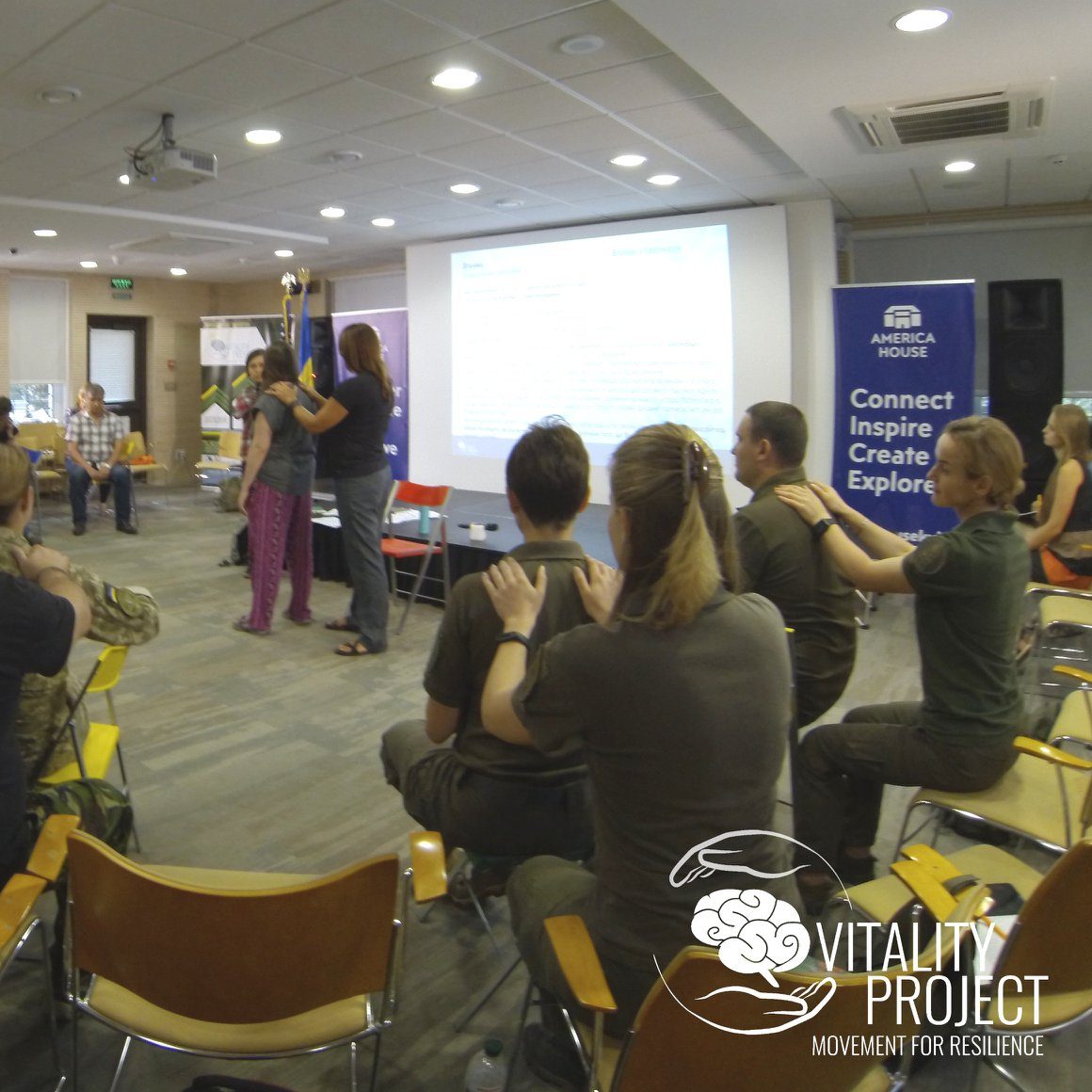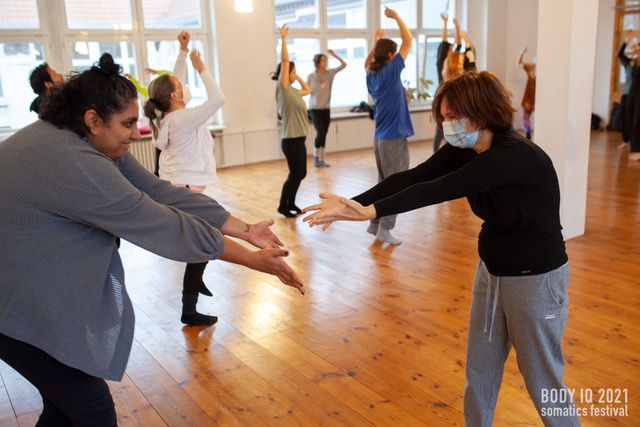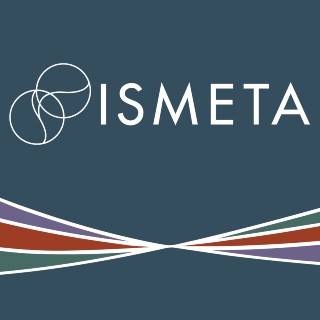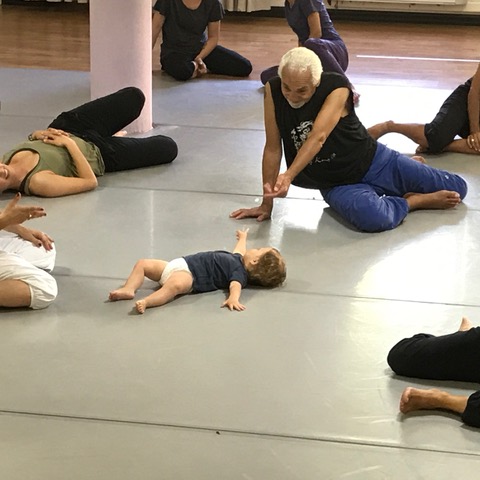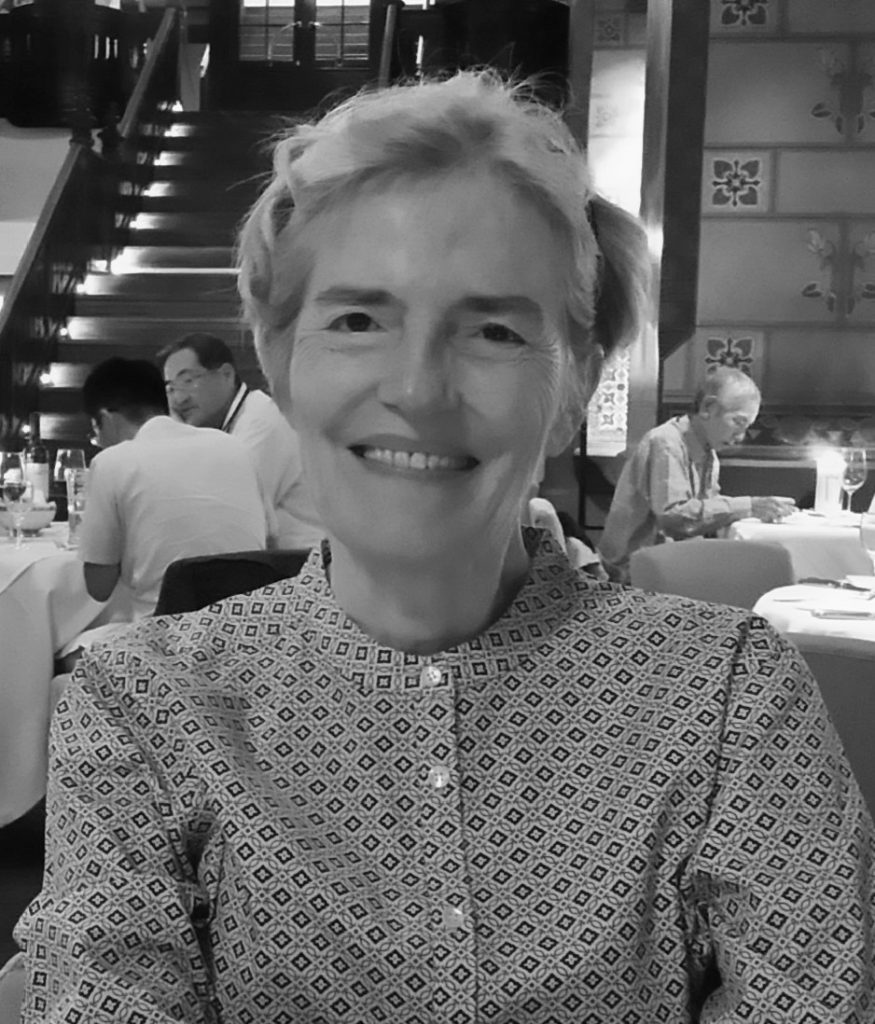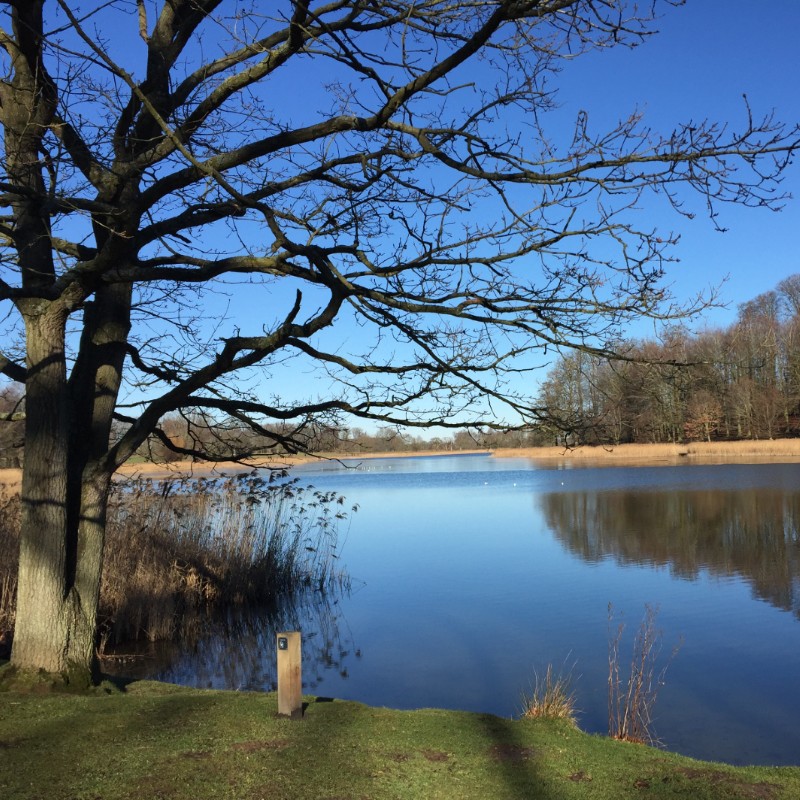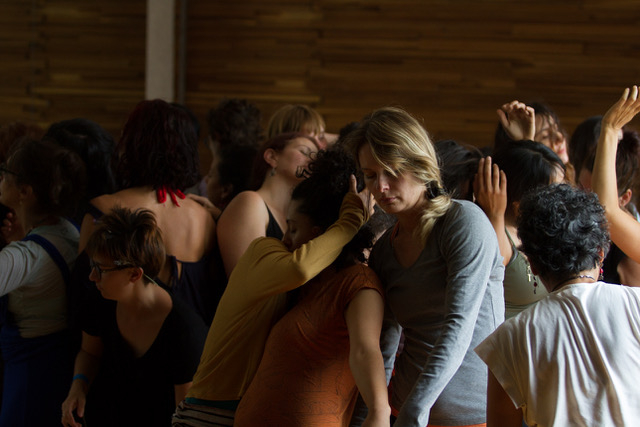ISMETA Government Relations Tracking Legislative Action
Thanks to efforts by ISMETA Massachusetts members, the ISMETA Government Relations Committee, members of the Federation of Therapeutic Massage, Bodywork, and Somatic Practice Organizations, and other stakeholders in Massachusetts; Senate Bill 221 and House Bill 350 to regulate Bodywork and Alternative Therapies, have both gone to a study group.

